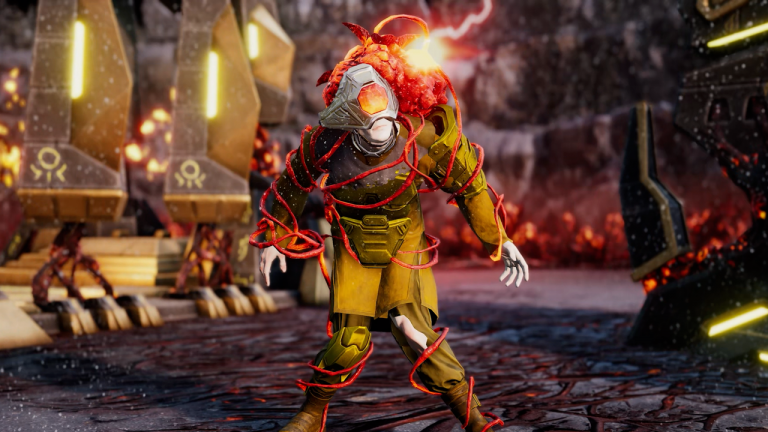Intel has rather quietly announced that its upcoming Arrow Lake line of processors will not be the poster child of its 20A node after all, and will instead be entirely based on external foundry nodes. That effectively concludes work on the node and presumably cedes all Intel’s next-gen chips to TSMC. These are worrying times for Intel, anyone associated with Intel, and, well, anyone who actually wants to see the PC market grow.
The announcement came in a press release it put out yesterday announcing ‘Continued momentum for Intel 18A‘ which is seemingly coming at the expense of Intel 20A. Paul from Tom’s Hardware gave us the heads up about it, while our Jacob was out at an Intel event with them.
Covering the essential cancellation of the 20A node in an upbeat release proclaiming the momentum of a node that is already having its own rumoured problems is probably as close to the dictionary definition of PR damage control as you’re going to get in the tech market. For reference Intel 18A is in the testing phase right now, with wafers going out to Intel Foundry partners for evaluation. One of those partners, Broadcom, is reportedly not happy with its current progress, so says sources talking to Reuters about it.
So, maybe Intel’s 18A node needs some help.
For its part, however, Intel is remaining bullish about the apparent success of 18A as a node in production.
“We have seen positive response across our ecosystem,” says Intel’s VP of technology development, Ben Sell, “and are encouraged by what we’re seeing from Intel 18A in the fab. It’s powered on and booting on operating systems, healthy, and yielding well—and we remain on track for launch in 2025.”
All good then, no worries here. In fact it’s all going so swimmingly that Intel doesn’t really need to release an interim node and can skip over that letting another foundry make the silicon for its next chips…
“One of the benefits of our early success on Intel 18A is that it enables us to shift engineering resources from Intel 20A earlier than expected as we near completion of our five-nodes-in-four-years plan. With this decision, the Arrow Lake processor family will be built primarily using external partners and packaged by Intel Foundry.
“The journey to Intel 18A has been built on the groundwork laid by Intel 20A.”
The 20A node was going to be the first to incorporate PowerVia and RibbonFET technologies, two features that looked to give its node the edge over competing TSMC lithographies. TSMC isn’t using gate-all-around or backside power delivery in its nodes yet, so having even just the compute tile running on 20A would have been a coup for Intel.
But now having all Arrow Lake chips produced using TSMC processes is not a good look for a company desperately trying to regain production node leadership. Tom’s is reporting that Intel’s chief technology officer, Steve Zinsser, has admitted its going to ‘skip over productising’ the 20A node to save cash, effectively cancelling its use and making it little more than a test node for its backside power and gate-all-around technologies.
(Image credit: Future)
Best CPU for gaming: The top chips from Intel and AMD.
Best gaming motherboard: The right boards.
Best graphics card: Your perfect pixel-pusher awaits.
Best SSD for gaming: Get into the game ahead of the rest.
Currently the new Lunar Lake laptop chips are going to be entirely built on TSMC silicon, with just the interposer coming from Intel, and CEO, Pat Gelsinger, said at Computex this year that was because “simply put, Lunar Lake picked TSMC as a better process technology at that point in time. And so that’s why we ended up using more of it.”
It wouldn’t be a massive leap to conclude that has something to do with Intel’s decision not to use its own 20A node in Arrow Lake; because the TSMC node is a better process. Lunar Lake is built on TSMC N3B and a large percentage of Arrow Lake SKUs were already expected to be using its nominal 3nm process, too. It’s possible very few Arrow Lake CPUs were ever going to use Intel 20A, but having none still doesn’t look good for how effective the production process is.
Here’s hoping Intel 18A—still on track for launch next year with Panther Lake apparently—actually sees some chips running with Intel’s own silicon or it might as well look at selling off those fabs, eh? I mean, Gelsinger has said he’s bet the company on 18A, so it better be a success.












